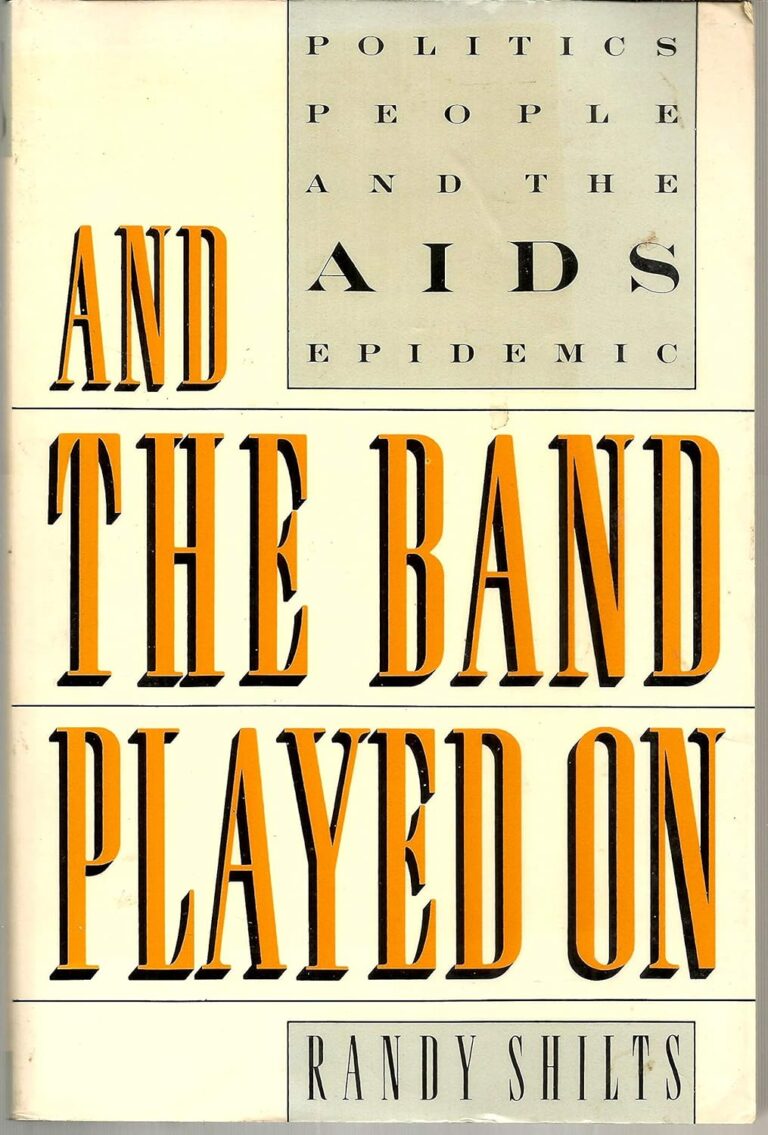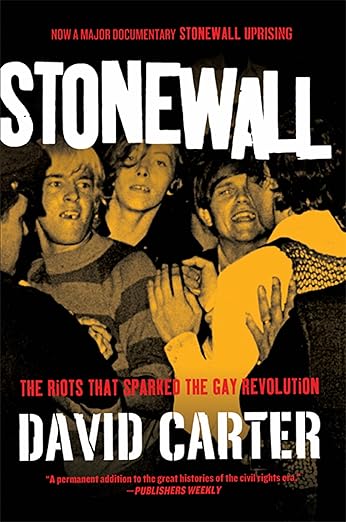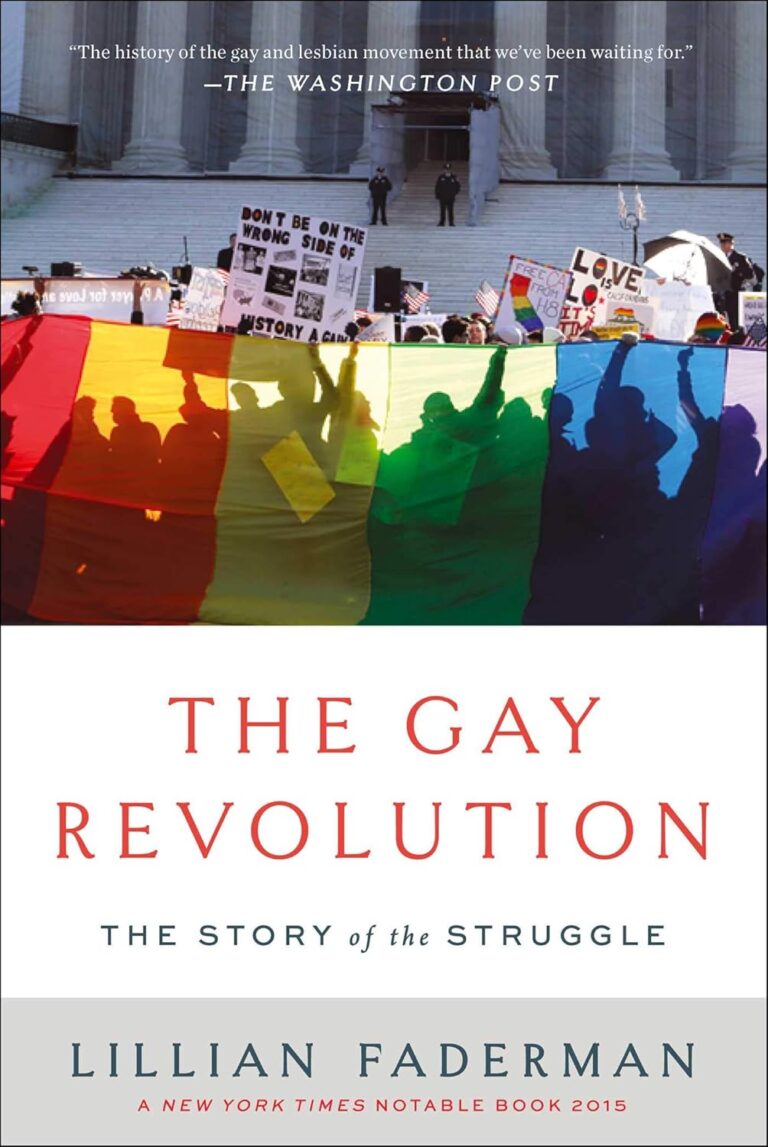
![Crowds near the Stonewall Inn several days after the raid on June 28, 1969. [Credit: Larry Morris/The New York Times]](https://daddyvoice.org/wp-content/uploads/2024/09/20240924-The-History-of-the-Queer-Rights-Movement-e1727237090788-768x768.webp)
SOMETIMES it amazes me, while talking to younger generations, how little of their history they actually know… how oblivious they are about everything the generations before had to endure and the fights they fought in order for them to enjoy the rights they currently have. It amazes me how dismissive they are of the older generation when it was the older generation that paved the way for them to have the right to marry, something I—at one point—never thought I’d see in my lifetime.
The history of the queer rights movement is a rich and deeply complex narrative of struggle, resilience, and triumph. From the underground networks of the 19th century to the global movement we know today, it has been a journey shaped by individuals and groups who dared to challenge societal norms. These movements, primarily driven by LGBTQ+ people and their allies, have aimed for equality, visibility, and the right to live openly without fear or discrimination.
THE fight for queer rights began long before the landmark moments of the 20th century. In fact, traces of resistance to anti-LGBTQ+ oppression can be found as far back as the 19th century. As early as the late 1800s, groups in Europe began advocating for the decriminalization of homosexuality. One of the earliest movements, led by Magnus Hirschfeld in Germany, sought to defend the rights of LGBTQ+ individuals and spread awareness about sexual orientation and gender identity.
Hirschfeld, a physician and sexologist, founded the Scientific-Humanitarian Committee in 1897, one of the first organizations to advocate for LGBTQ+ rights. His work laid a critical foundation for future movements, as he aimed to scientifically prove that homosexuality was a natural variation of human sexuality, not a disorder or crime. This was a bold move at a time when queer individuals were frequently subjected to criminalization, institutionalization, and even violence. His work is documented in texts like The Men with the Pink Triangle: The True Life-and-Death Story of Homosexuals in the Nazi Death Camps by Heinz Heger, which offers insights into the persecution LGBTQ+ individuals faced in Nazi Germany and beyond.
However, it wasn’t until after World War II that a more widespread and organized movement began to form, particularly in the United States. In the 1950s, a time of conservative values and heavy repression, small groups like the Mattachine Society (founded by Harry Hay in 1950) and the Daughters of Bilitis (founded in 1955) emerged as early pioneers in the fight for LGBTQ+ rights. Their activism marked the beginnings of a cohesive, organized effort to challenge laws and societal attitudes that marginalized queer people.
WHILE these early organizations laid the groundwork, the 1969 Stonewall Riots in New York City are widely recognized as the turning point in the modern queer rights movement. On June 28, 1969, police raided the Stonewall Inn, a gay bar in Greenwich Village, sparking days of protests and clashes between LGBTQ+ patrons and law enforcement. What made Stonewall different from previous raids was the collective refusal to back down—LGBTQ+ individuals fought back against their oppressors, igniting a movement that would change history.
The Stonewall Riots galvanized the community, leading to the formation of activist organizations such as the Gay Liberation Front (GLF) and the Gay Activists Alliance (GAA). These groups sought to bring visibility to LGBTQ+ issues, organizing protests, marches, and other forms of direct action. In June 1970, exactly one year after Stonewall, the first Pride marches were held in New York, Los Angeles, and Chicago, marking the beginning of Pride celebrations around the world.
For an in-depth look at this pivotal moment, consider Stonewall: The Riots That Sparked the Gay Revolution by David Carter. This book provides a comprehensive view of the events surrounding Stonewall and its aftermath.
THE 1970s and 1980s were a time of significant legal and social progress, but also great tragedy. In 1973, the American Psychiatric Association (APA) declassified homosexuality as a mental disorder, a landmark victory for LGBTQ+ individuals. This decision helped reduce stigma and paved the way for further progress. Over the next decade, cities and states in the U.S. slowly began to repeal sodomy laws and pass anti-discrimination ordinances, though progress was uneven and often met with fierce opposition.
However, in the early 1980s, the AIDS epidemic hit the LGBTQ+ community hard, particularly gay men. Initially dubbed the “gay plague,” the lack of governmental response exacerbated the crisis, leading to the deaths of thousands of people. Activist groups such as ACT UP (AIDS Coalition to Unleash Power) emerged, demanding action from the government, the medical community, and pharmaceutical companies. The epidemic also prompted a wave of activism that saw a renewed focus on healthcare, equality, and survival.
Despite the devastating losses caused by AIDS, the activism that emerged from this period strengthened the movement. By the 1990s, queer visibility had increased significantly in mainstream culture. Queer characters began appearing on television and in films, and LGBTQ+ issues became a national conversation. Randy Shilts’ And the Band Played On: Politics, People, and the AIDS Epidemic offers a deeply moving account of the AIDS crisis and the political negligence that worsened it.
THE fight for marriage equality became a central issue in the LGBTQ+ rights movement in the 1990s and 2000s. The Defense of Marriage Act (DOMA), passed in 1996, was a significant setback, as it federally defined marriage as between one man and one woman, preventing same-sex couples from receiving federal benefits. However, LGBTQ+ advocates continued to challenge DOMA and push for equal marriage rights.
In 2003, the U.S. Supreme Court ruled in Lawrence v. Texas that state laws criminalizing consensual same-sex relations were unconstitutional. This decision marked a significant step forward, setting the stage for the eventual nationwide recognition of marriage equality. In 2013, DOMA was partially struck down by the Supreme Court in United States v. Windsor, granting federal recognition to same-sex marriages. Just two years later, in 2015, the Supreme Court’s decision in Obergefell v. Hodges made marriage equality the law of the land, ensuring that same-sex couples had the right to marry in all 50 states.
For a deep dive into this era, The Gay Revolution: The Story of the Struggle by Lillian Faderman is an essential read, covering the history of the fight for LGBTQ+ rights from Stonewall to marriage equality.
EVEN though the legalization of same-sex marriage was a monumental victory, the fight for queer rights is far from over. In recent years, the focus has shifted toward issues affecting the transgender and non-binary communities. Transgender individuals, particularly trans women of color, continue to face disproportionate levels of violence, discrimination, and poverty.
In 2020, the U.S. Supreme Court ruled in Bostock v. Clayton County that the Civil Rights Act of 1964 protects LGBTQ+ employees from workplace discrimination, a landmark decision for queer rights. However, the transgender community continues to face significant challenges in areas such as healthcare access, military service, and bathroom rights. Laws targeting transgender individuals, particularly youth, have emerged in various states, demonstrating that the struggle for equality is far from over.
To learn more about the history and struggles of transgender individuals in America, Transgender History: The Roots of Today’s Revolution by Susan Stryker is an insightful resource.
WHILE significant progress has been made in many countries, the global landscape for LGBTQ+ rights remains uneven. In some countries, LGBTQ+ individuals enjoy the same rights and protections as their heterosexual and cisgender peers, including marriage equality, adoption rights, and anti-discrimination laws. In others, however, queer people still face harsh penalties, including imprisonment and death, simply for being who they are.
Countries such as Canada, the United Kingdom, and several European nations have enacted comprehensive protections for LGBTQ+ individuals. Meanwhile, in countries like Uganda, Saudi Arabia, and Russia, queer people continue to face persecution, violence, and legal repercussions . The global fight for queer rights remains an ongoing battle, with international organizations working tirelessly to support activists in hostile environments.
THE history of the queer rights movement is one of resilience, hope, and constant evolution. While significant strides have been made, there is still much work to be done. The ongoing fights for trans rights, protections against discrimination, and global LGBTQ+ equality remind us that the movement is far from over. However, the victories achieved thus far serve as a testament to the power of activism and the indomitable spirit of the LGBTQ+ community.
As we continue to fight for a more inclusive and just world, it’s important to remember the history of this movement and honor those who came before us. Their courage, resilience, and determination paved the way for the rights and freedoms we enjoy today, and their legacy inspires the ongoing struggle for equality.
THE history of the queer rights movement is a testament to the resilience and determination of those who have fought—and continue to fight—for equality and justice. From the early activism of pioneers like Magnus Hirschfeld to the revolutionary impact of the Stonewall Riots, each step of the journey has brought us closer to a world where LGBTQ+ individuals can live openly and authentically. Though significant milestones such as marriage equality and workplace protections have been achieved, the fight is far from over. Transgender rights, global LGBTQ+ acceptance, and the ongoing battle against discrimination remind us that this movement is still evolving.
As we honor the past, it’s crucial to remain vigilant and proactive in advocating for the rights of all members of the queer community. Understanding this history gives us the strength and perspective needed to keep pushing forward, ensuring that future generations inherit a more inclusive, loving, and equal society. By continuing to educate ourselves and support those still fighting for recognition and safety, we can help create a future where everyone, regardless of their identity, is valued and free… Queeriodt.






"Let all you do be done in love."
1 Corinthians 16:14